- Home
- Articles
- Architectural Portfolio
- Architectral Presentation
- Inspirational Stories
- Architecture News
- Visualization
- BIM Industry
- Facade Design
- Parametric Design
- Career
- Landscape Architecture
- Construction
- Artificial Intelligence
- Sketching
- Design Softwares
- Diagrams
- Writing
- Architectural Tips
- Sustainability
- Courses
- Concept
- Technology
- History & Heritage
- Future of Architecture
- Guides & How-To
- Art & Culture
- Projects
- Interior Design
- Competitions
- Jobs
- Store
- Tools
- More
- Home
- Articles
- Architectural Portfolio
- Architectral Presentation
- Inspirational Stories
- Architecture News
- Visualization
- BIM Industry
- Facade Design
- Parametric Design
- Career
- Landscape Architecture
- Construction
- Artificial Intelligence
- Sketching
- Design Softwares
- Diagrams
- Writing
- Architectural Tips
- Sustainability
- Courses
- Concept
- Technology
- History & Heritage
- Future of Architecture
- Guides & How-To
- Art & Culture
- Projects
- Interior Design
- Competitions
- Jobs
- Store
- Tools
- More
The Most Important Architectural Styles From the Past to the Present
Classical architecture is derived from the architecture of ancient Greece and ancient Rome. Classical architecture is designed from principles of symmetry, geometry, order, and perspective. Columns in a special style that is called “order”. These orders are Doric, Ionic, and Corinthian.
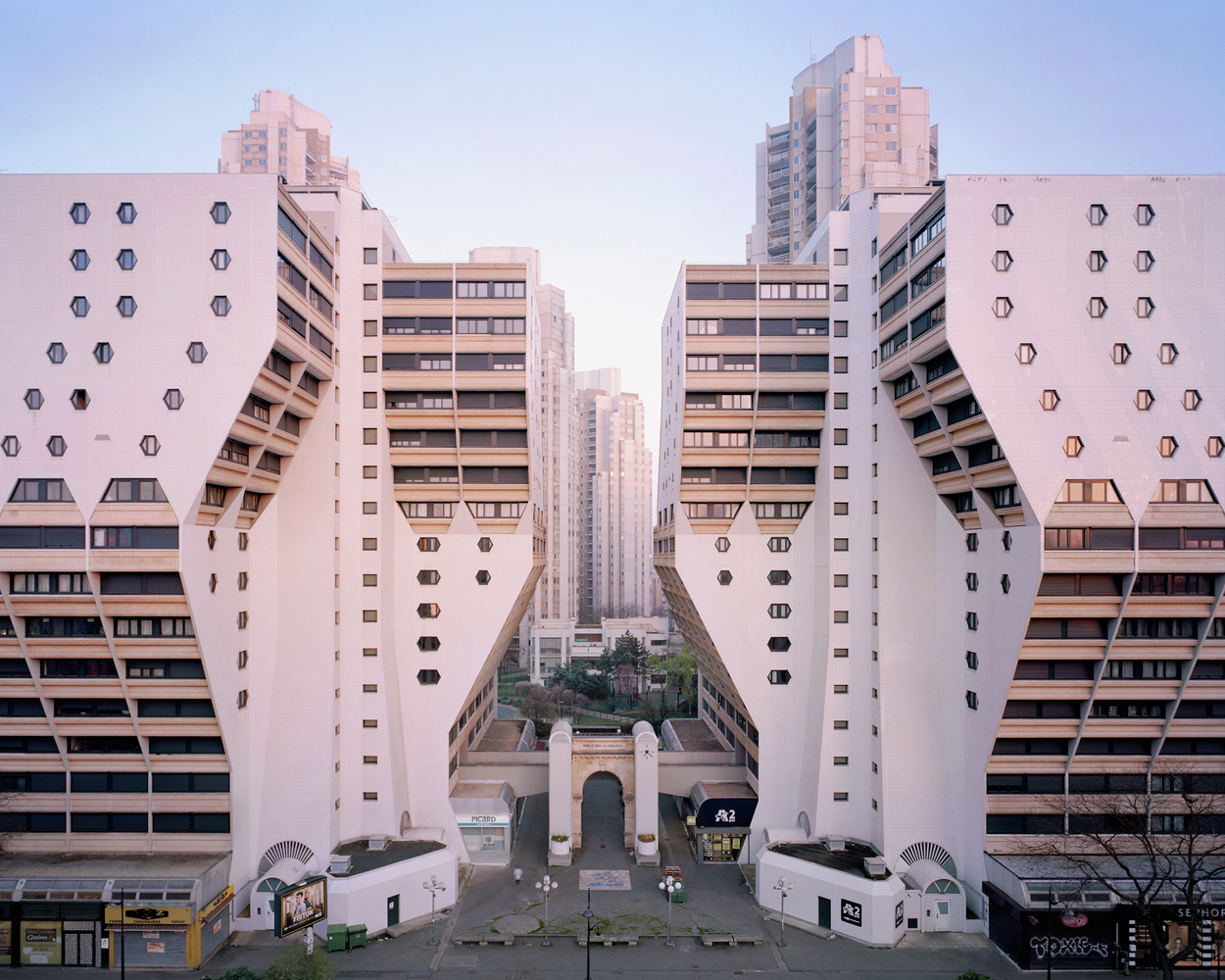
Table of Contents
ToggleClassic
Classical architecture is derived from the architecture of ancient Greece and ancient Rome. Classical architecture is designed from principles of symmetry, geometry, order, and perspective. Columns in a special style that is called “order”. These orders are Doric, Ionic, and Corinthian. The classical style consists of durable building materials such as marble, concrete, and brick. The greatest known work of Classical architecture is Pantheon in Rome.

Romanesque
Romanesque architecture is the style of medieval Europe which is known for semi-circular arches. This style is inspired by the Republic of Ancient Rome architecture which includes massive and thick walls, round arches, sturdy pillars, large towels, barrel vaults, and decorative arcading. Romanesque is one of the simple styles compare with the Gothic style that followed. One of the most known works of Romanesque style is The Abbaye de Lessay of the Holy Trinity in France.

Gothic
Gothic architecture is a pan-Europe style and characterized by large stained glass windows, ribbed vaults, pointed arches, flying buttresses, and ornate decoration. The most significant feature of Gothic architecture is its height. Decorative and less functional flying buttress, vaulted ceiling, and large stained glass-colored windows are mainly defined in the Gothic style. One of the greatest works of Gothic architecture is the Milan Cathedral which is the largest church in Italy.

Baroque
Baroque architecture is theatrical and highly decorative style. In the Baroque style, architects took some basic elements of Renaissance architecture such as domes and colonnades. However, the Baroque style is more theatrical compare to Renaissance due to higher, more decorated, and larger-scale architectural elements. There are 3 times of Baroque: The Early Baroque, The High Baroque, and The Late Baroque. The interior design of Baroque buildings consists of various unique paintings all over interiors which are called “quadrature”, twisted or Solomonic columns, painted and pear-shaped domes, grand stairways, sculptures, and specifically designed gardens. The Church of Santa Sussana in Italy and Les Invalides in France are the most known Baroque architecture examples.
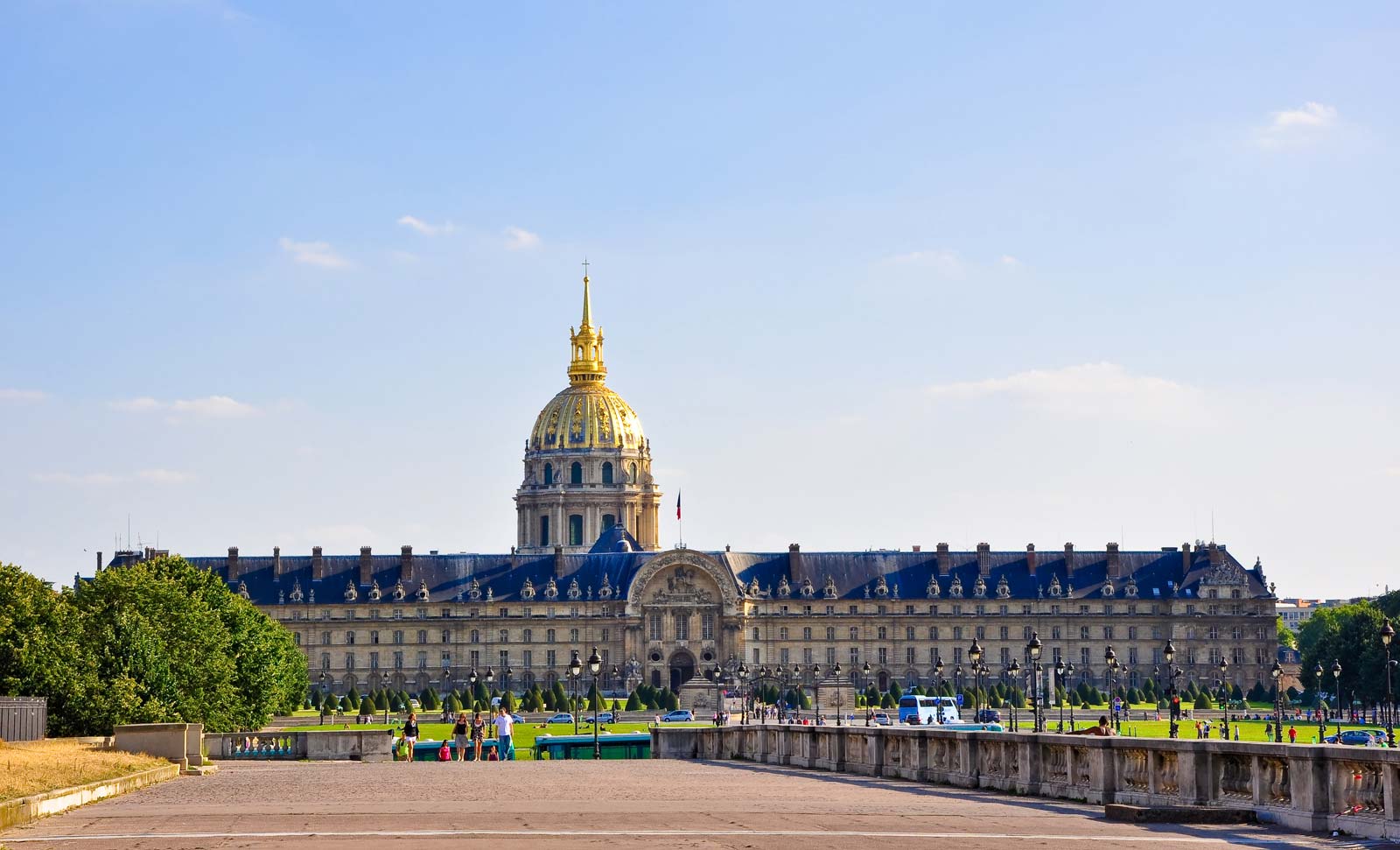

Neoclassical
Neoclassical architecture is a result of some classicizing features of The Late Baroque style. This style was called the new “classical” architecture that includes planar qualities. Neoclassical architecture is characterized by emphasizing clarity of form, sober colors, shallow space, strong vertical and horizontal “orders”. Not only emphasizing interior and exterior features but Neoclassical style is also influenced city planning and its patterns. The most known examples of Neoclassical architecture are The Pantheon in Paris and Museo Nacional del Prado in Madrid.

Art Nouveau
Art Nouveau is an ornamental style of architecture with sinuous lines and flowing organic shapes based on plant forms both interior and exterior. Asymmetrical shapes, curved glass, extensive use of arches and other curved forms, mosaics, and motifs appear in Art Nouveau style. One major objective of this style was to break down the traditional difference between fine art and applied arts. With the Art Nouveau movement, interior design, graphic arts, furniture, textile, ceramics, jewelry, and metal works are influenced. La Sagrada Familia and Casa Battlo in Barcelona, Museum of Applied Arts in Budapest are the most beautiful examples of Art Nouveau style in architecture.

Bauhaus
Bauhaus is a school of design and architecture founded by architect Walter Gropius in Weimar, Germany. The school became famous for its principles and approach to design and architecture. Bauhaus architecture is characterized by focusing on simple, rational, functional design. Modern materials such as concrete, steel, and glass with simple geometric forms were used in the Bauhaus style. Bauhaus architecture which is known for its simple, rational, and functional-focused design principles, is the Bauhaus Museum Weimar, Bauhaus Dessau, and Fagus Factory.
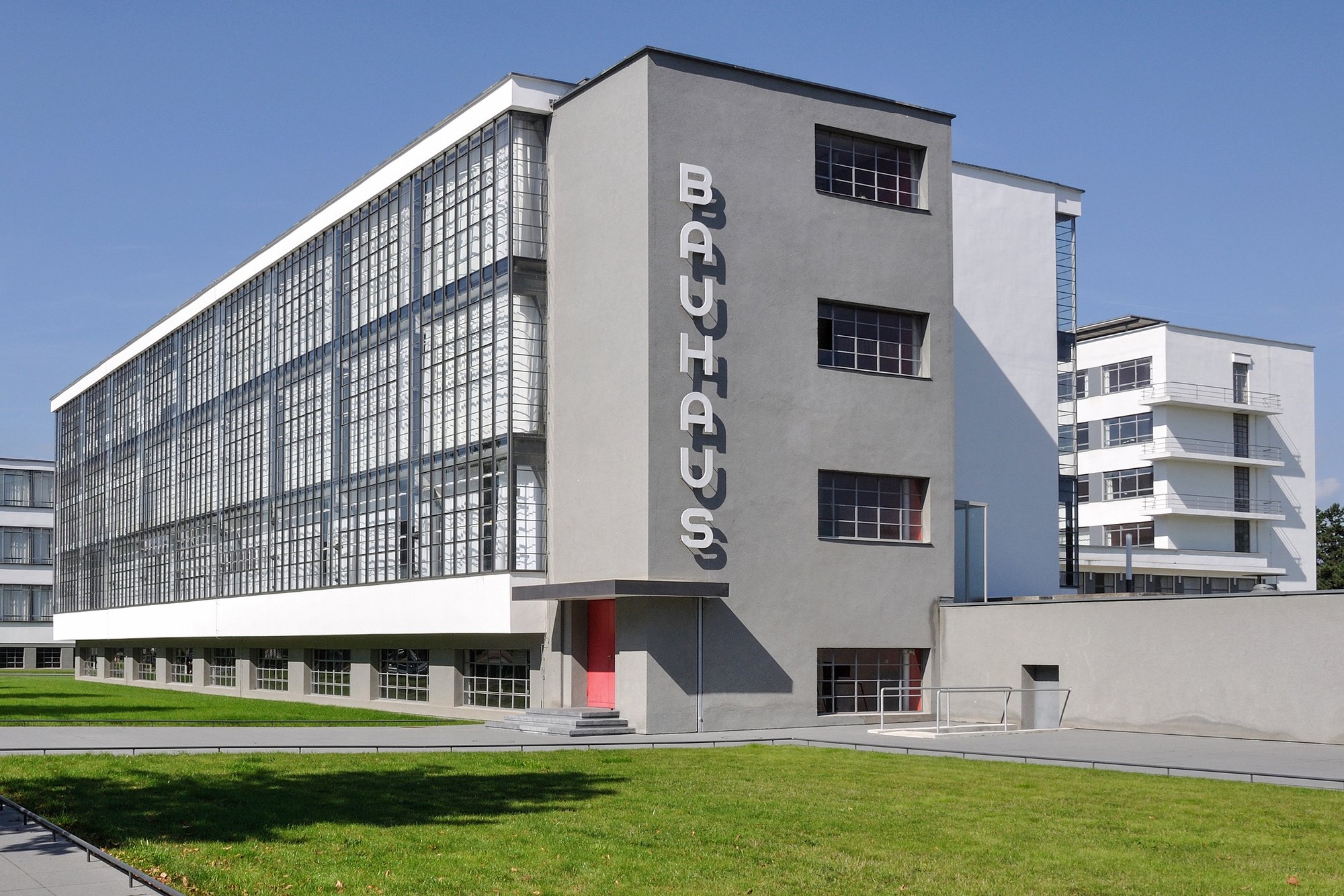
Modernism
Modern architecture is a style of building that emphasizes function and a contemporary form over ornamentation. Modernism is based upon new and innovative technologies of construction, particularly the use of glass, steel, and reinforced concrete. The modern architecture includes functionalism that means form should follow function and minimalism instead of an ornament. The most important architects of modern architecture; Frank Lloyd Wright, Staatliches Bauhaus, Ludwig Mies van der Rohe, Walter Gropius and Le Corbusier. The Farnsworth House, Villa Savoye, and The Glass House are considered pioneering works of modern architecture.
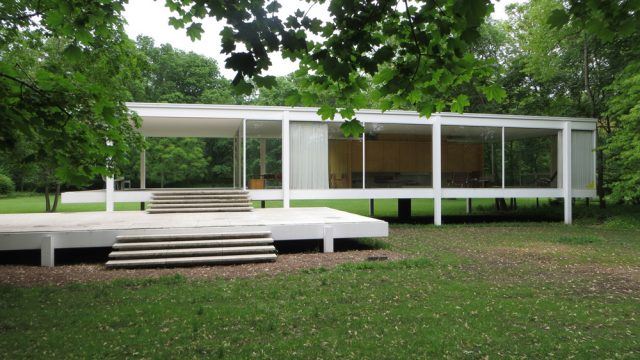
Postmodernism
Postmodern architecture is a style that emerged in the 1960s as a reaction to modern architecture and even traditional architecture. Postmodern buildings had curved shapes, decorative elements, asymmetry, bright colors, and features often borrowed from earlier periods. Colors and textures were irrelevant to the structure or function of the building. According to the postmodern style, buildings should have historical layers and textures rather than being uniform. Robert Venturi and his wife Denise Scott Brown are two of the most famous architects in the Postmodern design world. Piazza d’Italia, The Portland Building, and Orgues de Flandre can be counted among the most famous buildings for postmodern architecture.

Submit your architectural projects
Follow these steps for submission your project. Submission FormLatest Posts
The Ultimate Guide to Fencing in North Dakota: Choosing the Best Fence for Your Property
Watching a chain link fence twist in 70 mph winds near Minot...
Gaudí: Where Architecture Meets Science
Gaudí: Where Architecture Meets Science shows catenary arches, ruled surfaces, and biomimicry...
How Housing Market Forces Shape Architectural Design Today
Architecture never exists in isolation. Buildings rise from a mix of ambition,...
Why Portable Formaldehyde Gas Detectors Matter on Construction Sites
As construction practices shift toward more enclosed and material-intensive environments, the risk...


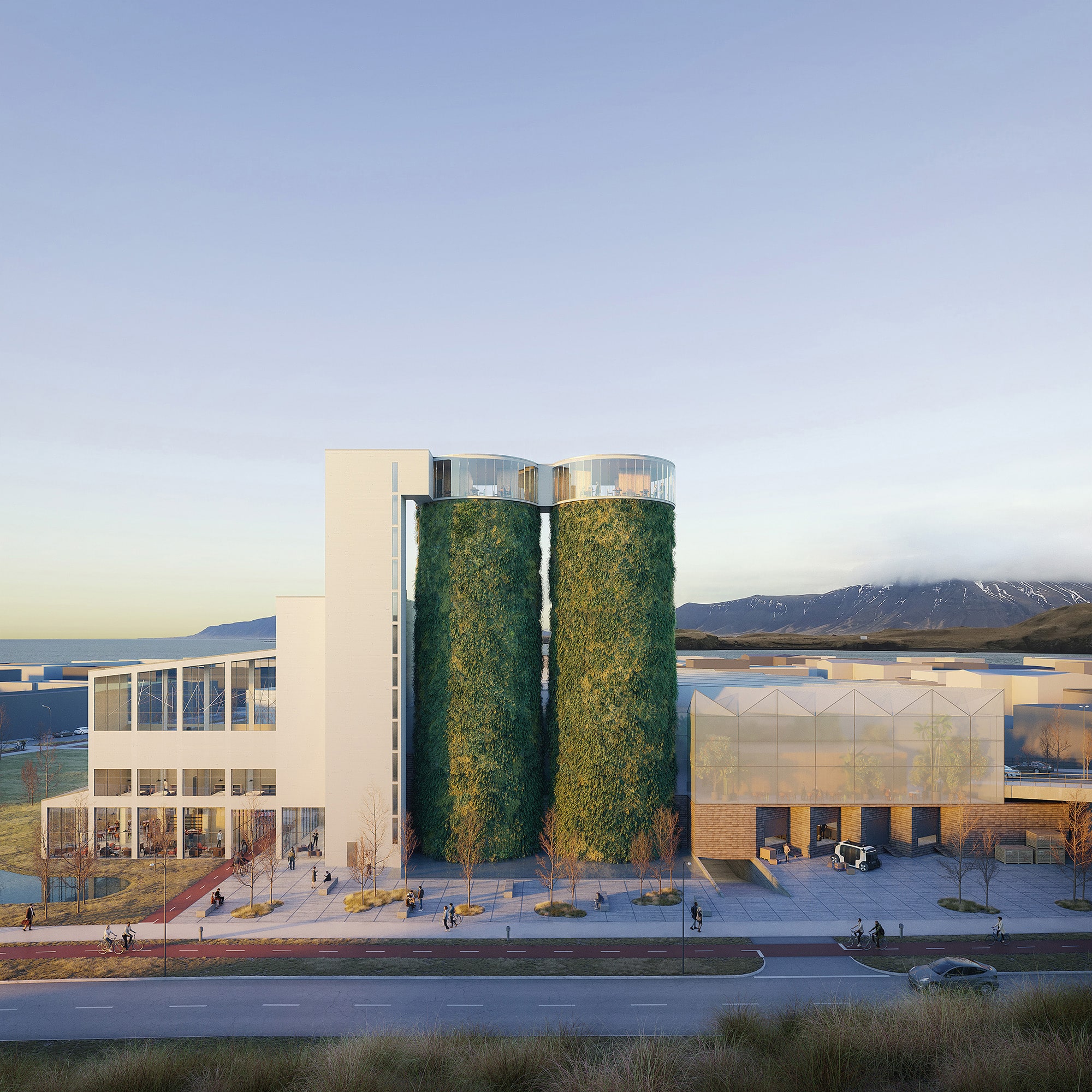
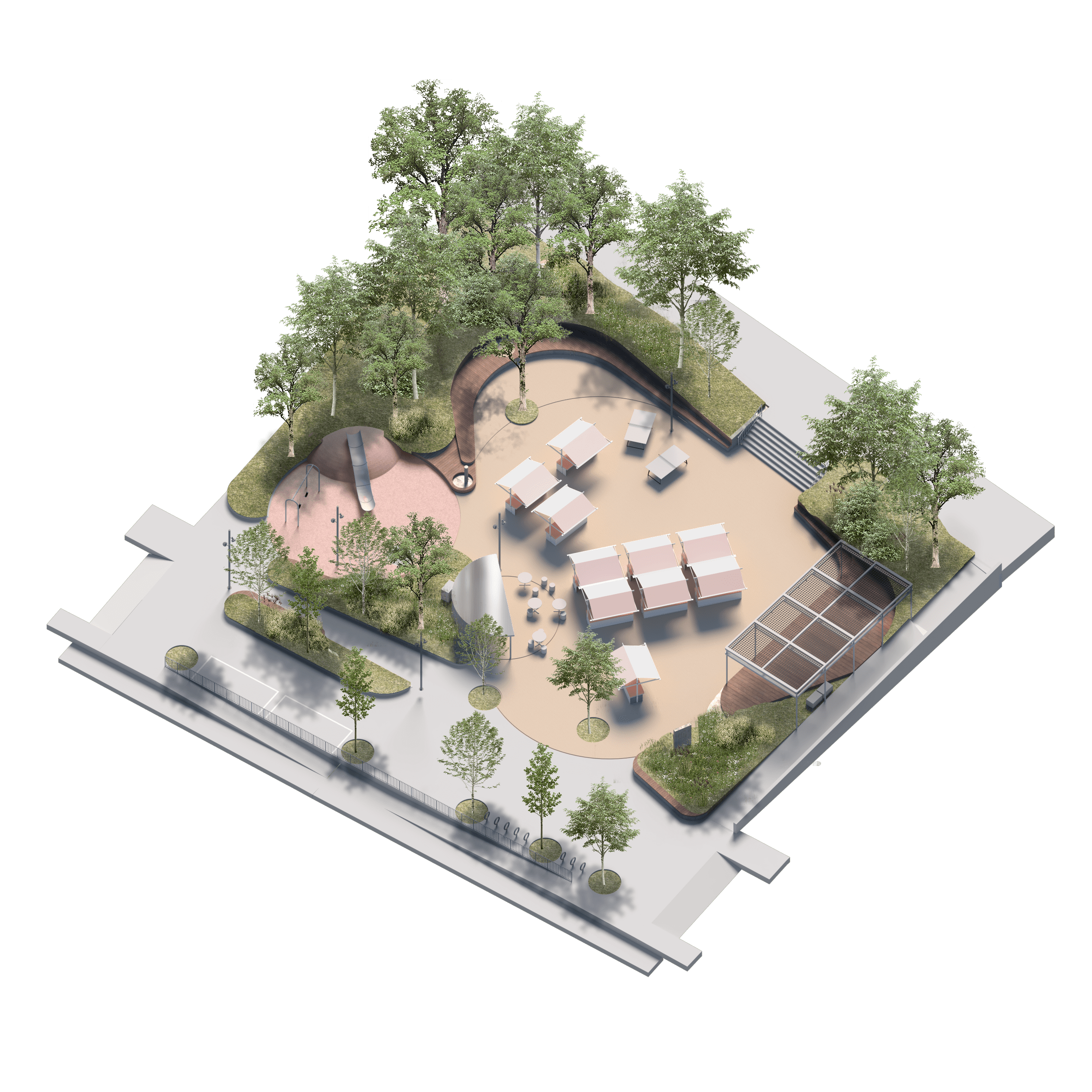
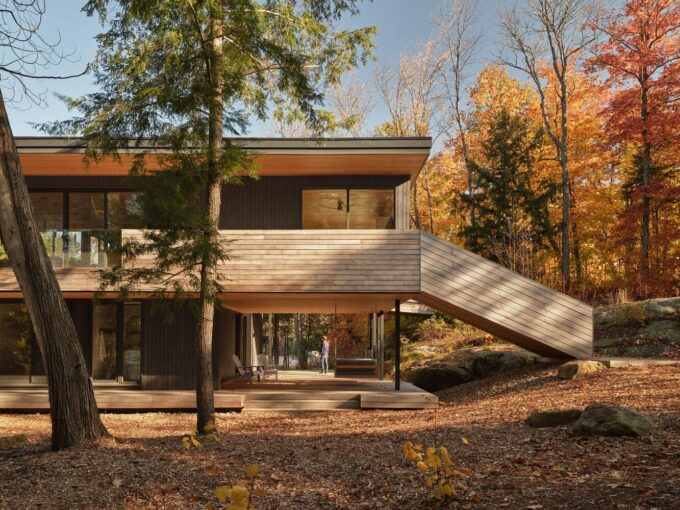







Leave a comment